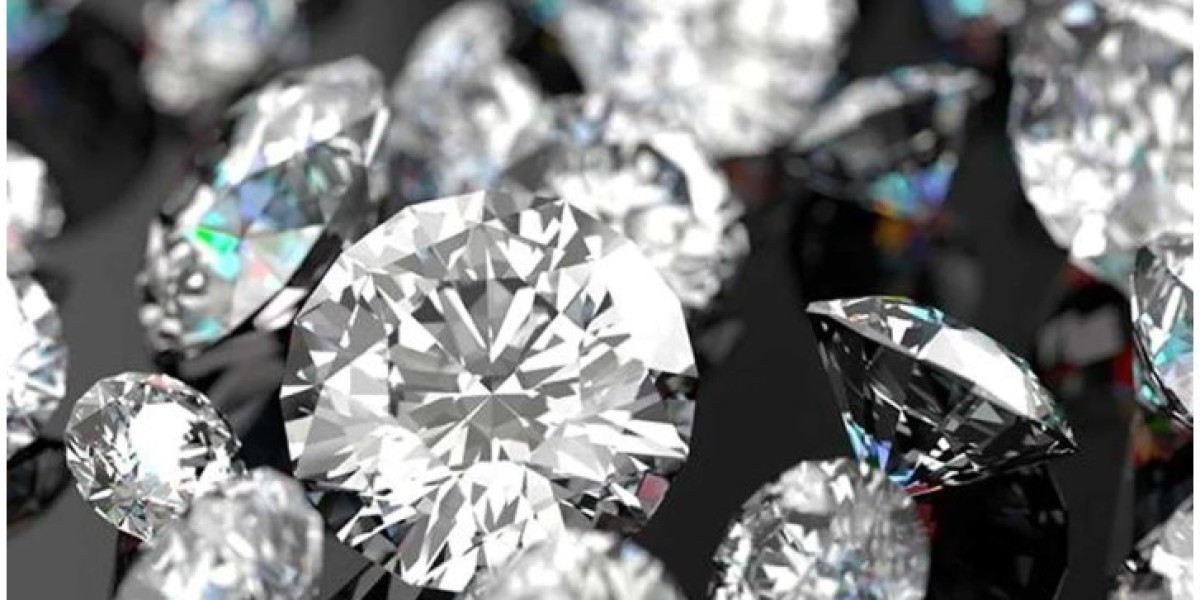In recent years, the diamond industry has seen a significant shift with the emergence of lab-made diamonds. While these lab-grown gems are transforming the market, they also shed light on a dark and haunting chapter in the world of diamonds. This article will delve into the controversial topic of "blood diamonds" and explore the differences between these ethically fraught gems and their lab-made counterparts.
To comprehend the term blood diamond, we must first acknowledge the harrowing backstory that accompanies these precious stones. Blood diamonds, also known as conflict diamonds, are mined in war zones, typically in African countries where armed groups use the profits from diamond sales to finance armed conflicts against governments. These diamonds are tainted with human suffering, as workers, often forced or coerced, endure inhumane conditions to extract them.
The Origin of Blood Diamonds
The term "blood diamond" gained widespread attention in the late 1990s when reports of diamond-funded conflicts in Sierra Leone, Angola, and the Democratic Republic of Congo came to the forefront. These conflicts resulted in the loss of countless lives and contributed to the displacement of many more. The illicit trade of blood diamonds supported rebel groups and enabled them to carry out atrocities against local populations.
The Kimberley Process: A Step Towards Change
In response to the global outcry against blood diamonds, the international community established the Kimberley Process Certification Scheme in 2003. This initiative aimed to prevent the flow of conflict diamonds into the legitimate diamond trade. Participating countries and organizations sought to ensure that diamonds were ethically sourced, and their profits were not funding violence. Unfortunately, the Kimberley Process has faced criticism for failing to effectively address the issue, as it has been plagued by loopholes and irregularities.
The Rise of Lab Made Diamonds
In contrast to blood diamonds, lab-made diamonds offer a responsible and ethical alternative for those seeking a sparkling gem. These diamonds are created in controlled laboratory environments using advanced technological processes. By replicating the conditions under which natural diamonds form, scientists can produce high-quality diamonds without the ethical and environmental concerns associated with traditional mining.
Lab-Made Diamonds: A Sustainable Choice
Lab-made diamonds are often celebrated for their sustainability. They require significantly fewer resources and have a smaller environmental footprint compared to traditional mining. Furthermore, they eliminate the risk of contributing to conflicts, as their production is independent of conflict zones.
Conclusion
In conclusion, understanding what is a blood diamond is crucial for making informed choices in the world of diamonds. Blood diamonds represent a dark period in the diamond industry's history, tainted by violence and suffering. In contrast, lab-made diamonds provide a responsible and ethical alternative, free from the ethical concerns associated with traditional mining. As consumers become more aware of the ethical implications of their choices, the demand for lab-made diamonds is on the rise, signaling a positive shift in the industry towards a more responsible and sustainable future.








